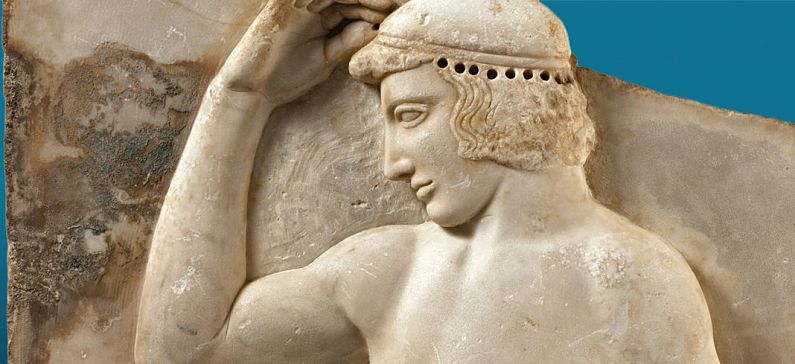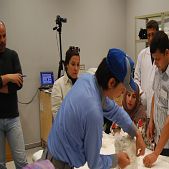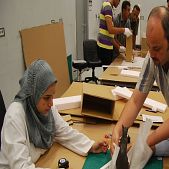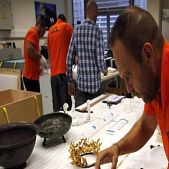
How did the priceless treasures from the exhibition get across the Atlantic?
How did the priceless treasures from The Greeks: From Agamemnon to Alexander exhibition get across the Atlantic? National Geographic published a video that let us know some of the secrets of the delicate trasportation from Greece to the US. Hundreds of Greek Artifacts are on the move in this traveling exhibition features ancient treasures that are on display for the first—and possibly the last—time in North America.
The Greeks: Agamemnon to Alexander the Great” opens at its fourth and final venue on June 1, following earlier shows in Canada and Chicago.
The exhibition—the largest of its kind in a quarter century—has been as much a logistical triumph as a cultural one. More than 550 iconic objects spanning more than 5,000 years of history are on loan from 22 national museums across Greece. Roughly 90 percent of the artifacts have—until now—never left the country. Once they are returned in October of this year, very many will never be seen outside Greece again.
The impetus for the show began in 2010, when National Geographic representatives raised the idea of a museum show with the Greek government. The country’s General Secretary of Culture and exhibition co-curator Maria Vlazaki was in charge of sourcing potential artifacts from dozens of national museums.
By his own account, National Geographic’s Archaeology Fellow and co-curator Fredrik Hiebert handed her an outrageous wish list. “You start with the impossible and unobtainable and work down from there,” explains Hiebert. “That’s usually the way exhibitions are done.”
To his surprise, nearly all of his requests were granted. The National Archaeological Museum in Athens agreed to loan the Mask of Agamemnon and other remarkable artifacts excavated from royal burials in Mycenae, a powerful city of the Greek Bronze Age (1600-1100 B.C.). Then the Museum of the Royal Tombs of Aigai, a collection built around the fourth-century B.C. tomb of Macedonian King Phillip II, offered priceless artifacts that, until then, had never even left their display cases.
According to Hiebert, when other national museums around Greece learned that the burial treasures of Phillip II, father of Alexander the Great, were headed to North America, the floodgates opened up. “All of a sudden it was like, ‘Well, aren’t you going to take our Homeric burials?’ ‘Aren’t you going to take our golden helmets?'” Hiebert recalls with a laugh. “Absolutely!”











